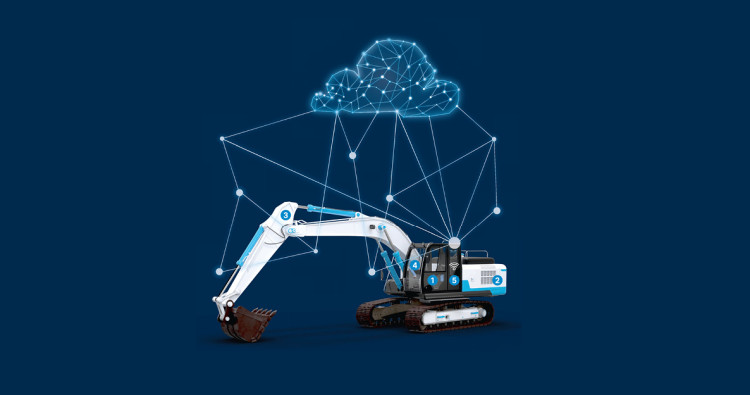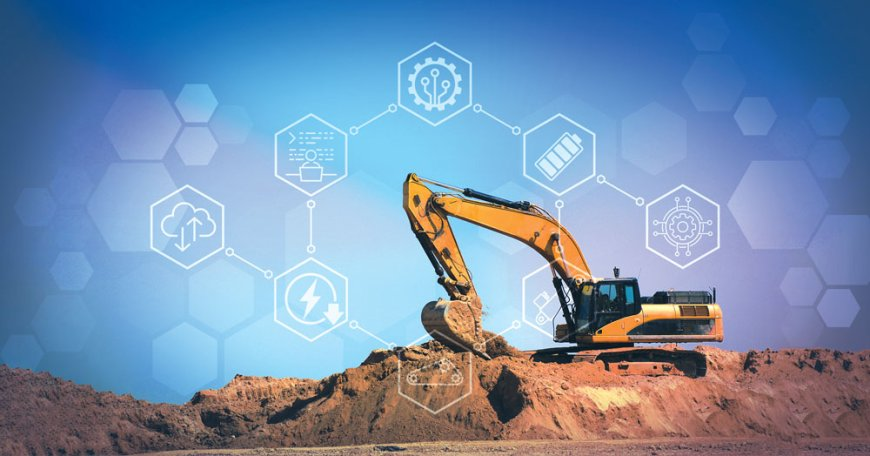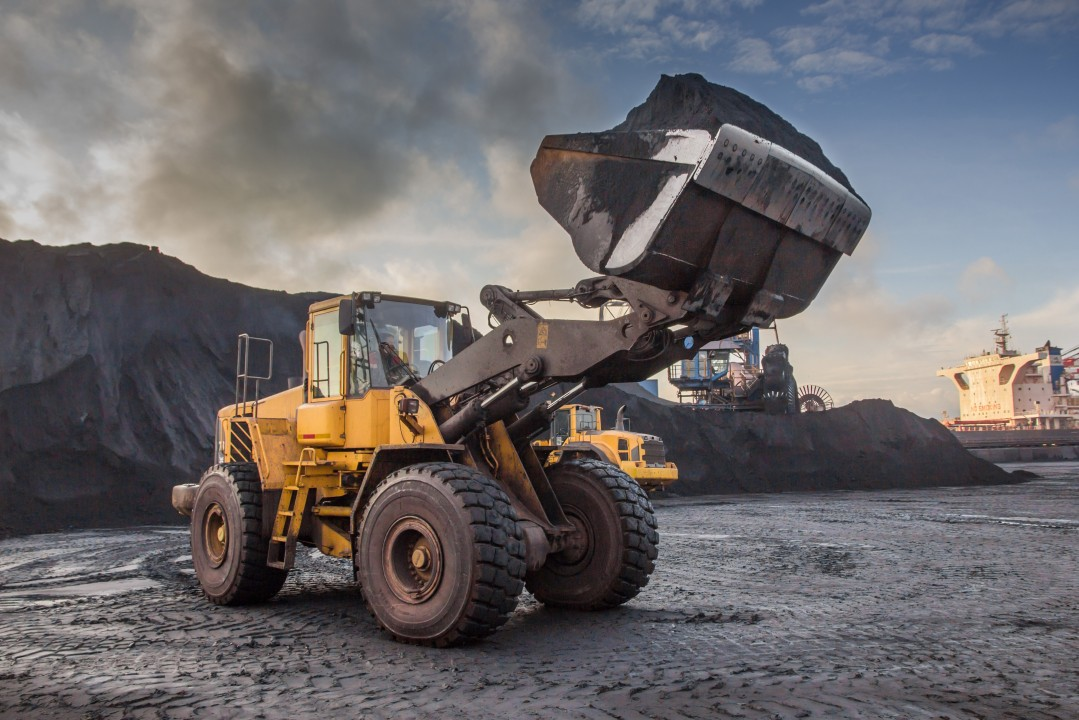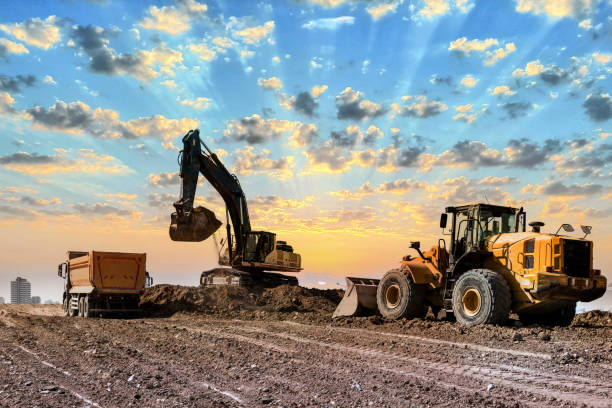Industry observations in the field of industrial machinery in 2025: Where are the structural opportunities driven by technological innovation?
--Construction machinery industry: With the recovery of domestic demand and policy dividends, the turning point of the cycle has been established
1. Both sales and operating rates have increased, and domestic demand has significantly driven the growth
In January and February 2025, domestic excavator sales increased by 51.4% year-on-year, and the monthly increase in February was as high as 99.4%, mainly benefiting from the increase in the availability of funds for infrastructure projects and the promotion of equipment renewal policies. During the same period, the number of operating hours of Komatsu excavators in China doubled year-on-year, and the demand in municipal and mining fields resonated, and the turning point of the industry cycle appeared. On the policy side, the support of funds such as ultra-long-term special treasury bonds and local government special bonds (such as the issuance scale of special bonds in 2025 reached 4.4 trillion yuan) will further release the demand for stock equipment renewal, and the annual domestic sales growth rate is expected to remain high.
2. Electrification and globalization: new engines for industry upgrades
The trend of electrification is accelerating. In March 2025, the sales volume of electric loaders accounted for 20.1%, an increase of nearly 10 percentage points from 2024. The decline in lithium battery costs and the maturity of technology have promoted the improvement of product competitiveness. In terms of exports, the export value of construction machinery in January and February increased by 7.4% year-on-year. The Russian, Southeast Asian and Middle Eastern markets performed well. The growth rate in Saudi Arabia, the United Arab Emirates and other regions exceeded 30%. Chinese brands continued to expand their global share through localization.

--Humanoid robots: technological breakthroughs and commercialization are accelerating, and the industrial chain is ushering in an explosive period
1. Technology iteration: from laboratory to diversified scenarios
Zhiyuan Robotics released the world's first embodied base large model GO-1, combined with the ViLLA architecture to achieve small sample generalization learning. Its humanoid robot "Lingxi X2" can complete high-dynamic tasks such as riding and skateboarding, and the mid-year trial production plan will be launched. Yuejiang Technology launched the industrial-grade humanoid robot Dobot Atom, equipped with 41 degrees of freedom and positioning accuracy of ±0.05mm, which has been implemented in scenes such as automobile manufacturing, logistics and warehousing. Huawei, UBTECH and other companies promote the robot's autonomous decision-making and complex task planning capabilities through large model empowerment (such as Pangu embodied intelligence and Walker series).
2. Policy and industrial chain coordination: large-scale application speeds up
For the first time, the country has included "embodied intelligence" in its strategy. The "Government Work Report" clearly supports the development of intelligent robots. Shenzhen and other places have launched scene opening plans (such as 50 application scene pilots) to accelerate technical verification. On the supply chain side, core component manufacturers such as Green Harmonic (reducer) and Orbbec (sensor) have formed domestic supporting capabilities. Combined with strategic cooperation with BYD and iFlytek, the maturity of the industrial chain has been significantly improved.

--Future trends: Deep coordination of intelligence, greening and globalization
1. Integration of intelligent construction and Industry 4.0
Leading engineering machinery companies (such as Sany Heavy Industry and XCMG Machinery) promote unmanned driving and remote control technologies, and combine AI algorithms to optimize construction efficiency; humanoid robots penetrate into industrial flexible manufacturing, home services and other fields through the "perception-decision-execution" closed loop, forming a new paradigm of "machines replacing people".
2. Green transformation and sustainable development
Driven by policies, the target of electrification rate of construction machinery has been further improved, and it is expected that the proportion of electric products will exceed 25% in 2025; humanoid robots meet the needs of low-carbon economy through lightweight design and energy consumption optimization.
3. Reshaping of global competition pattern
Domestic enterprises have accelerated the replacement of foreign brands in the low-end and mid-end markets with their cost-effectiveness and technological iteration advantages, while breaking through technological barriers in the high-end field through mergers and acquisitions and cooperation (such as Hengli Hydraulics and overseas car companies' joint research and development).

Conclusion
In 2025, the industrial machinery industry will show the characteristics of "new and old kinetic energy conversion": traditional construction machinery will achieve cyclical recovery relying on policy dividends and electrification upgrades, while humanoid robots will open up a new track of hundreds of billions of yuan with technological subversion. In the future, the industry needs to continue to focus on the autonomy of core technologies, diversification of application scenarios and global layout to cope with the challenges of market competition and industrial chain reconstruction.

